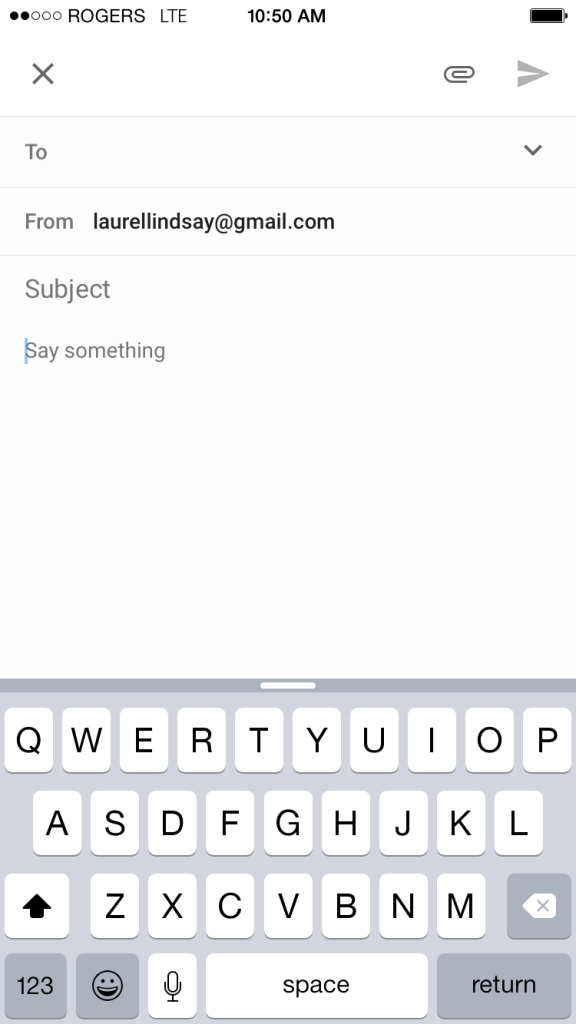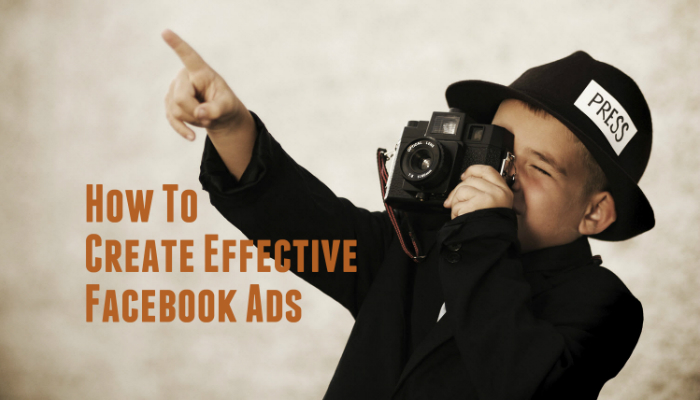
Over the past few years Facebook has gradually reduced the organic reach on business pages to what some insiders believe to be less than 1%. This means that less than 1% of your followers are likely to see your post unless it has rare viral qualities. The main reason Facebook has made these changes is because they are trying to encourage more business owners to try Facebook ads. If you haven’t created a Facebook ad or are considering whether or not you should advertise on Facebook, keep reading. In this article I will explain how to create effective Facebook ads that will achieve big results for your money.
Objective:
The first thing you must decide, what is the objective of your ad? Here are the different types of ad objectives you can create:
Boost your posts: Use the Page post engagement objective to boost your post.
Promote your page: Use the Page likes objective to promote your Facebook page.
Send people to your website: Use the clicks to website objective to send people to your website.
Increase conversions on your website: Use the website conversions objective to promote conversions on your website.
Get installs to your app: Use the app installs objective to get people to install your app.
Increase engagement in your app: Use the app engagement objective to increase engagement in your app.
Reach people near your business: Use the local awareness objective to reach people near your business.
Raise attendance at your event: Use this objective to get more people to see and respond to your event.
Get people to claim your offer: Use the offers claim objective to promote your offer.
Get video views: Use the video views objective to get people to watch your video.
The three types of ads that have been most effective for me are Boost your posts, Reach people near your business, and Get video views.
Boosting new blog articles, sales/promotions, and product videos will generate strong results. Measure the effectiveness of your boost on the amount of shares and comments you receive, especially when someone tags a friend in the comments section.
Use the reach people near your business objective to instantly get the word out in your local area. My favourite call to action button for these ads is the “get directions” button. That way you are able to know exactly how many people got directions to your business.
Get video views is perfect for short commercial spots, new product videos, educational videos and interviews. Try and keep your videos short and remember that Facebook counts a “view” as 3 seconds so you’ll need to capture your viewers attention within that time frame to keep them watching the whole video.
Creative:
There are a few things to keep in mind when designing the creative elements for your ads. Always go as highly visual as you can. Every ad should have a clear image and remember that you must keep the text to 20% or less. Use this tool to determine if you are using too much text in your ad. For videos, make sure they are HD and avoid using popular music for more than 30 seconds. If you overuse popular music Facebook may permanently mute your ad or disapprove it. Finally, double check the sizing parameters of the ad to ensure your image will look great. Here is an example image:

Audience:
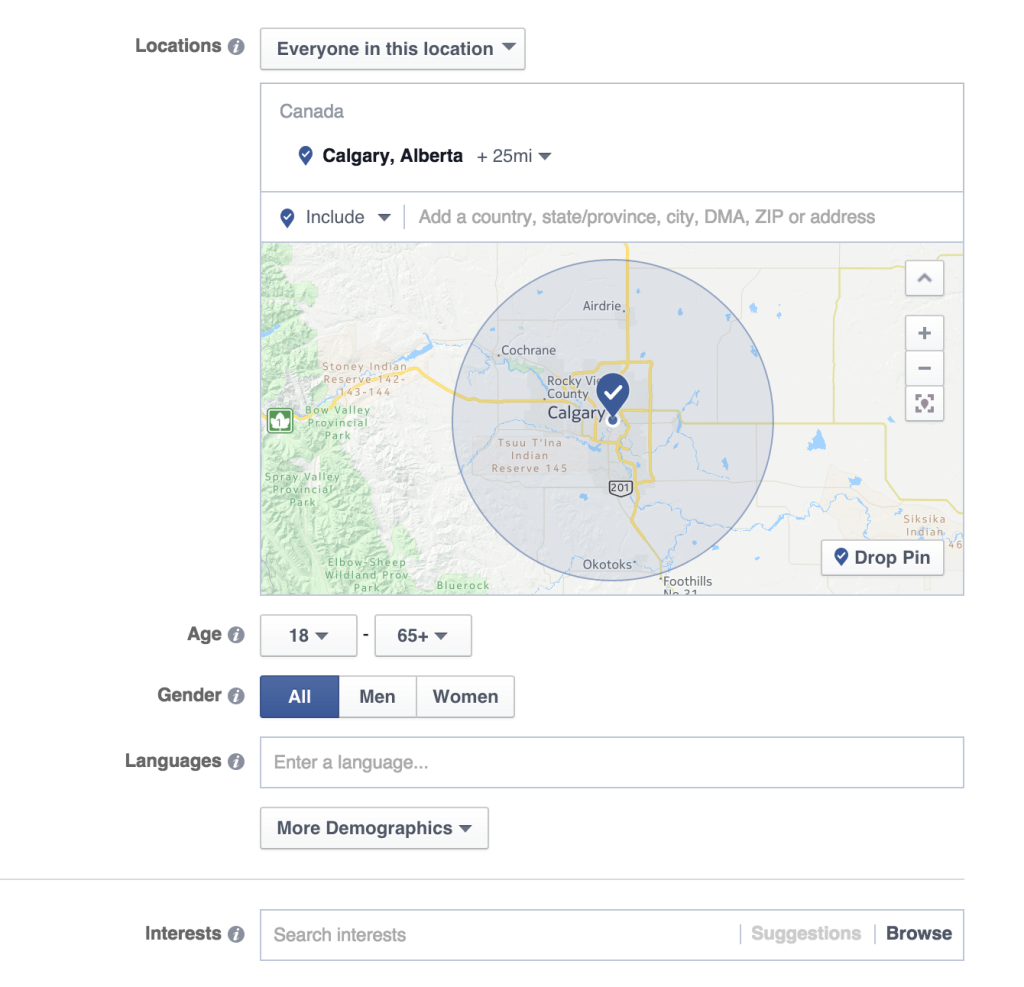
The audience can truly make or break your ad. You don’t want to be too broad or you risk showing your ad to individuals who won’t engage. First determine the city or cities you want to target and the distance around that city. Choose your age demographic and gender. Next you can target users by interest. It’s critical that you think about what your customers are interested in. Interests are determined by Facebook analyzing a users interests, activities, the Pages they have liked, and closely related topics. Here are some examples:
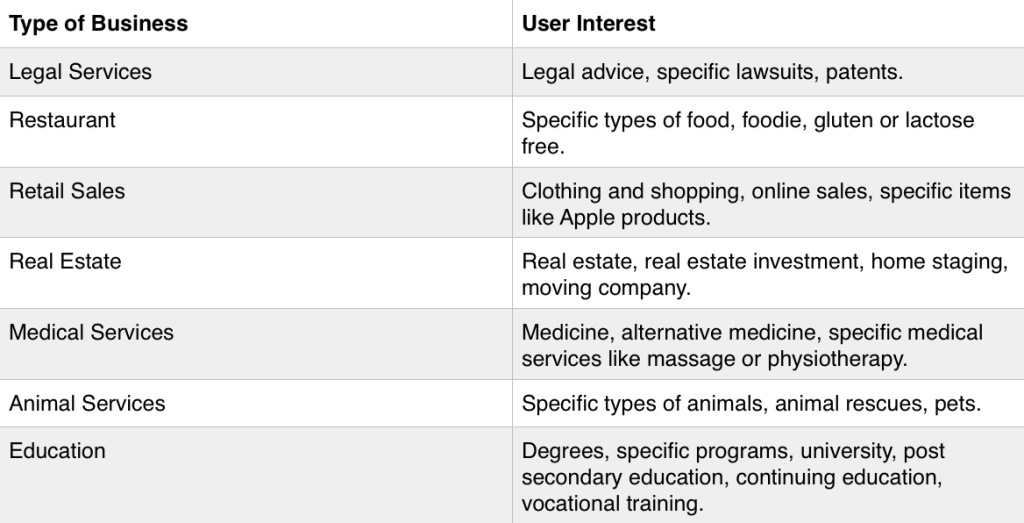
Budget:
If you are newer to Facebook advertising I would recommend starting with a smaller budget of $10 per day for 7 days in order to determine how effective the ad is and whether or not it’s worth increasing that budget or simply pausing the ad early. You can pause an ad at any time if you feel that it’s not working or you don’t want it to run during certain hours or days. Continue adapting your ads over time until you start to achieve higher levels of success. Then you’re ready to increase your budget and drive specific numbers for your business.
Facebook ads are a proven way to reach new and existing customers for your business. When done correctly, Facebook ads often see much higher click through rates than Google ads as well as a lower cost of acquisition (meaning you pay less to reach more people on Facebook).
If you have had success with Facebook ads, tell us in the comments section below and if you have any questions about how to create a successful Facebook ad, don’t hesitate to contact us.


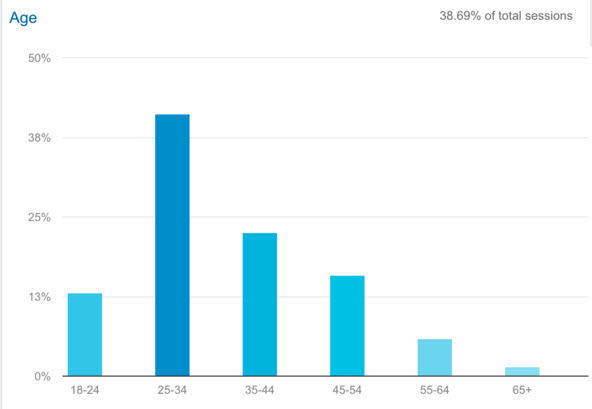




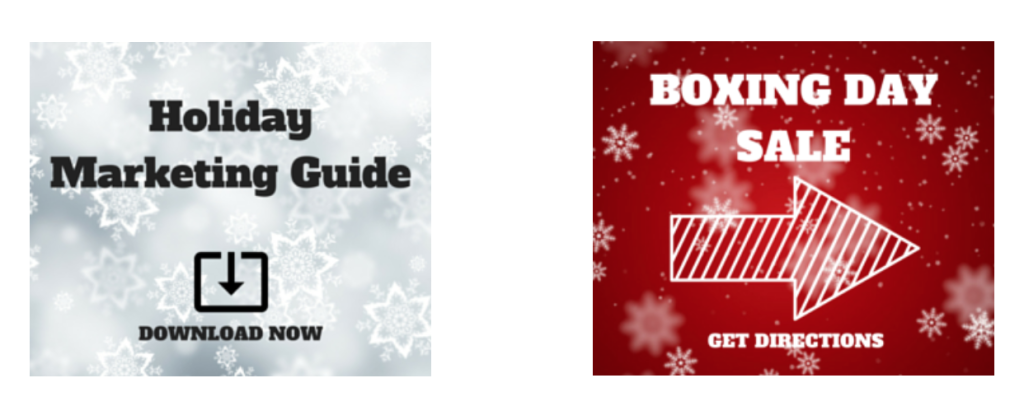
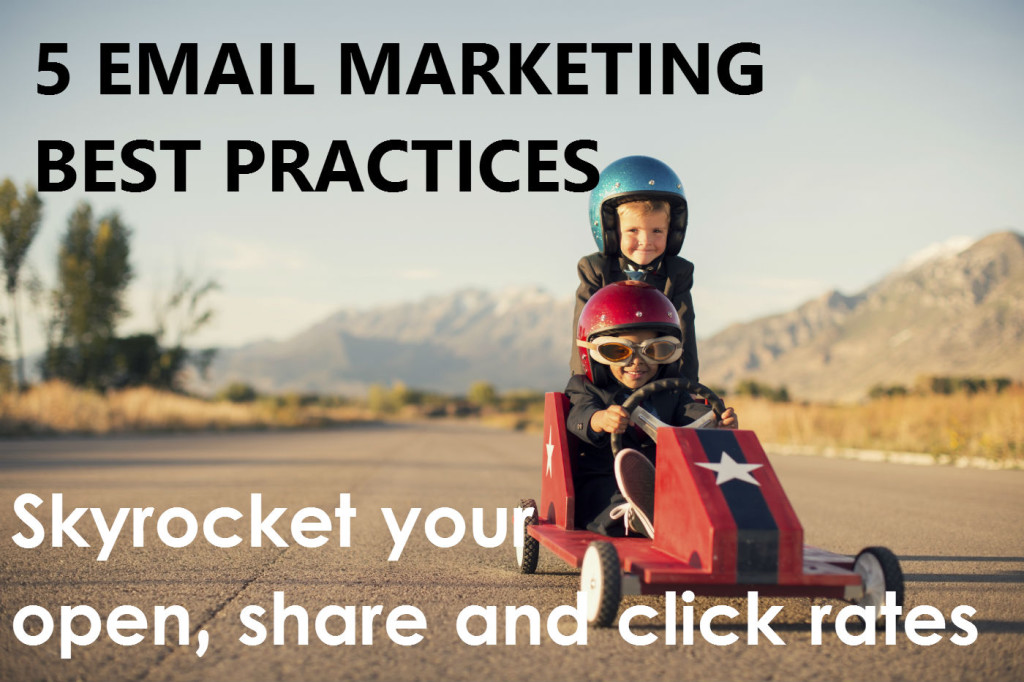
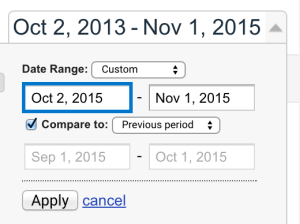
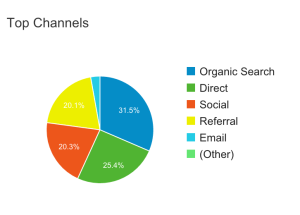 Ideally, this is going to be diversified, showing traffic from:
Ideally, this is going to be diversified, showing traffic from: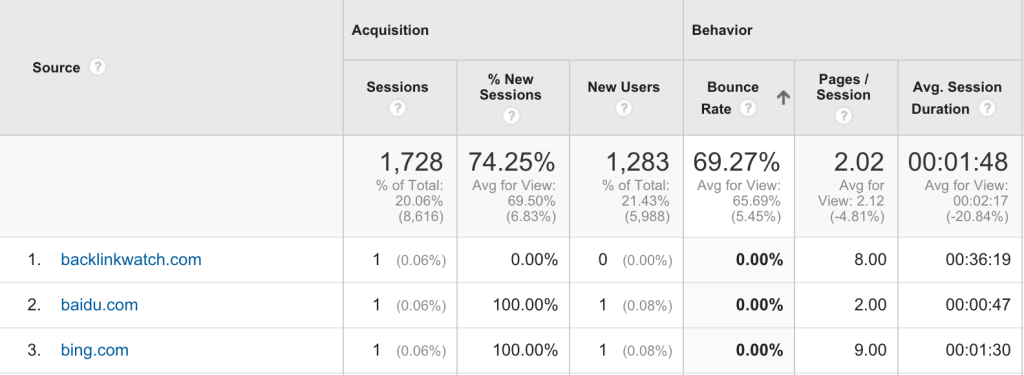
 Again, if you’re promoting a particular page, say, using Google Adwords, or promoting a specific page by posting your blog posts to social networks, you can see what pages are working and which ones aren’t.
Again, if you’re promoting a particular page, say, using Google Adwords, or promoting a specific page by posting your blog posts to social networks, you can see what pages are working and which ones aren’t.





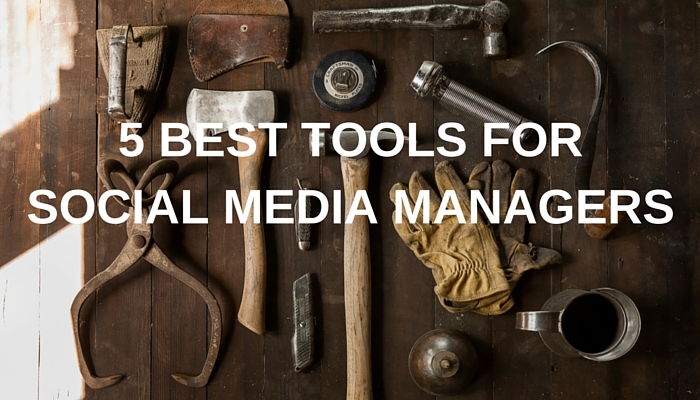 Whether you’re working on social media for your business or your personal brand, it’s important to optimize the time you have by taking advantage of the best tools. Over the last six years, I have found that some tools have emerged as being more important than others and although I use over 20 tools most days, these are my top five:
Whether you’re working on social media for your business or your personal brand, it’s important to optimize the time you have by taking advantage of the best tools. Over the last six years, I have found that some tools have emerged as being more important than others and although I use over 20 tools most days, these are my top five: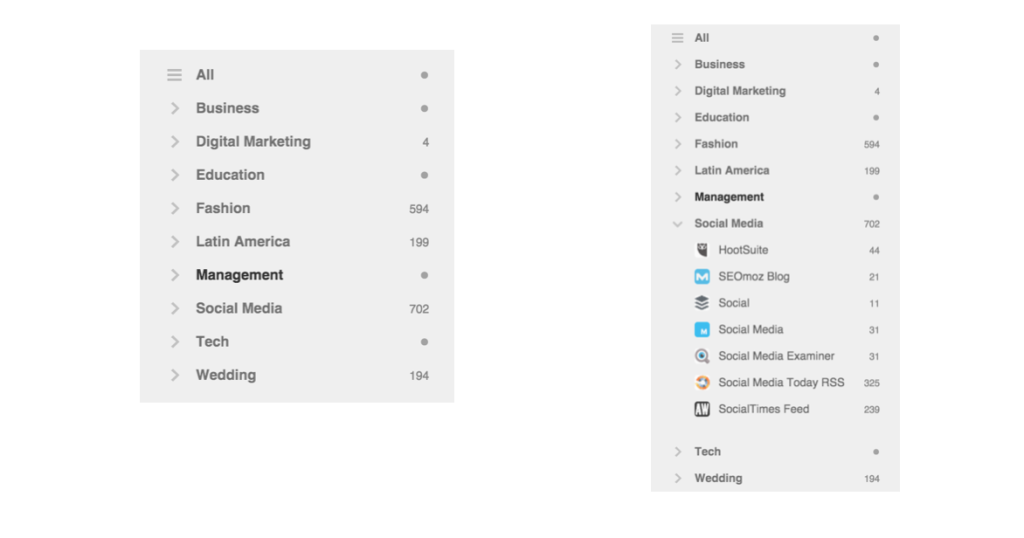
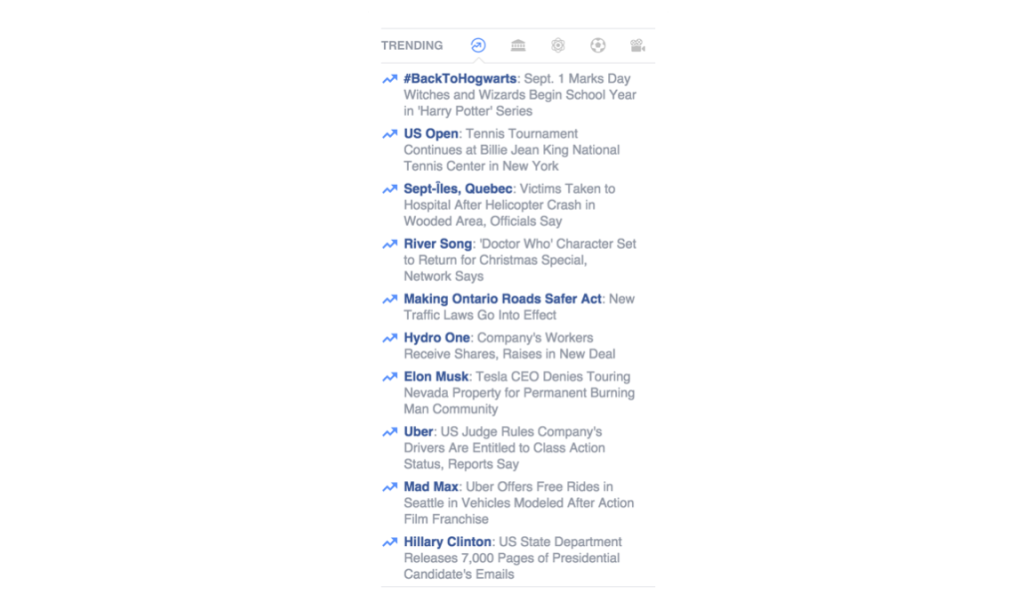


 We are going to cover 5 ways that you can increase your effectiveness and decrease the time you spend web marketing yourself.
We are going to cover 5 ways that you can increase your effectiveness and decrease the time you spend web marketing yourself.